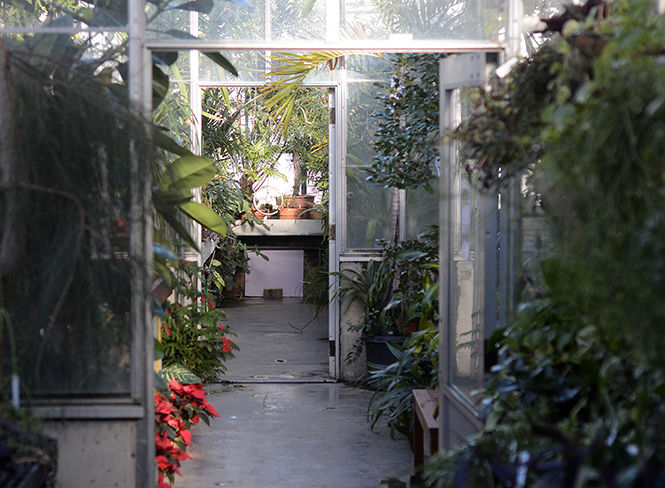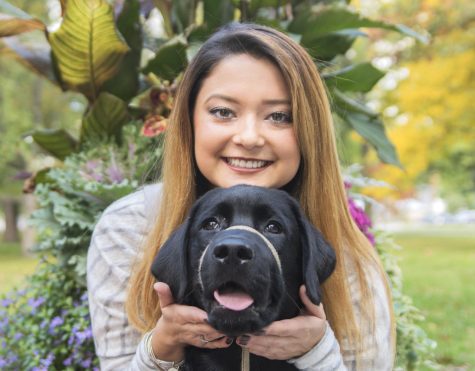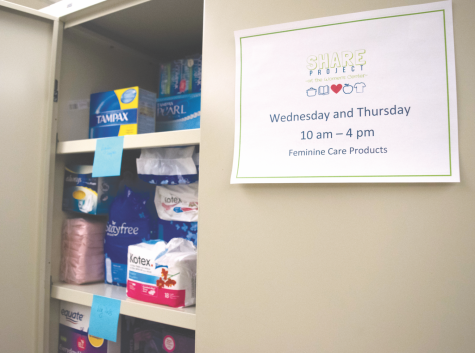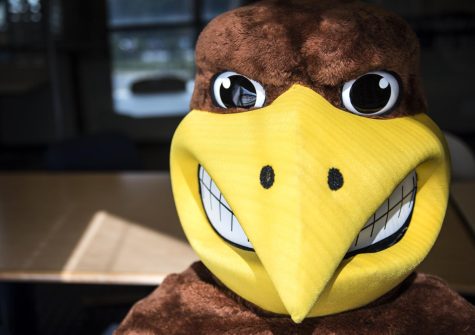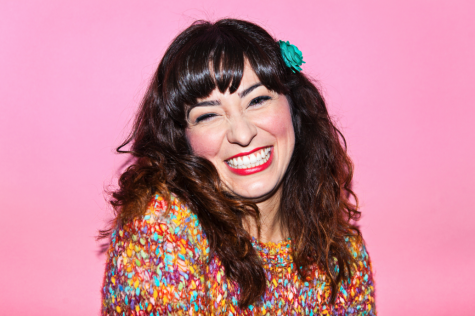Greenhouse offers an escape from the cold
January 13, 2015
Outside, the winter breeze whips snow over barren ground. Inside the Herrick Conservatory, however, lies a lush array of tropical and carnivorous plants, in addition to exotic creatures, such as fire-bellied toads. It’s like walking into a world impartial to the seasons.
Visitors can’t help but gaze up at a giant bird of paradise plant near the entrance, or marvel at the variety of cacti and ferns. Tucked away in Cunningham Hall, the greenhouse serves as both a classroom and a retreat.
Melissa Davis, horticulture facilities director, encourages students who have yet to experience the beauty of the greenhouse to come and check it out.
“You don’t have to be a biology major to use the greenhouse,” Davis said, “We’re visited frequently by art students who like to come in here and draw and use the facility. Anyone can come and volunteer if they want to learn more about plants. I hear people say a lot, ‘We didn’t know it was open to the public.’”
With improvements scheduled for the greenhouse, there is even more incentive to see what the greenhouse has to offer.
Davis is working to make it a more energy-efficient and climate-controlled environment. Expected renovations include technology that can monitor temperature and humidity, glazing for greenhouse glass to create better insulation, and LCD lighting.
Her goal is for the greenhouse to be a place where people can go to learn about sustainability and apply that to their own homes.
One way the greenhouse is becoming more energy-efficient, Davis said, is that the animals are tasked with jobs.
For example, in an aquaponic system, fish that live in the water bed produce waste that is pumped up to plants that intake the nutrients. The water that comes down to the plants is cleaned by a root system and serves as a floating bed to grow lettuce, herbs, strawberries and other edible crops.
“This is a closed system of sustainable gardening that shows you don’t necessarily need a garden or a very large place,” Davis said. “Inner cities use this to feed hungry people.”
Another way Davis is helping to promote cleaner living is through a green roof system where plants in cities clean air, build a habitat for wildlife and manage storm water.
This system reduces temperature and the cost of heating, and the rain barrels prevent the waste of resources.
For Davis, getting people excited about plants is half the fun.
“We’ve had student groups come in with elementary school field trip opportunities where they can come in and learn about horticulture,” she said. “We also provide opportunities for Upward Bound high school inner city students where they can learn marketable skills that they can apply in the real world.”
Davis isn’t the only one tending to the glass-paneled wonderland that is the conservatory. Brandon Ashcraft, junior botany major, is a student worker who helps to manage the greenhouse.
“Working here has given me more opportunities than I would have gotten anywhere else,” Ashcraft said. “I’ve gotten several ideas on jobs after college and gained skills I wouldn’t have gotten just by taking classes. I’ve always been interested in plants, and this school gave me a great opportunity to learn about them.”
Ashcraft also helps out in the herbarium, which is a kind of “plant museum” that houses dried, pressed plants and monitors how flora have changed over the years. The oldest collections date back to 1841, preserved in a manner that will allow future generations to see them.
The herbarium houses virtually every type of fruit, nut, cone and fern native to the region, as well as some non-native specimen.
The Herrick Conservatory will host an open house Monday, Feb. 16 with tours and light refreshments from noon to 6 p.m.
Contact Jamie Brian at [email protected].


